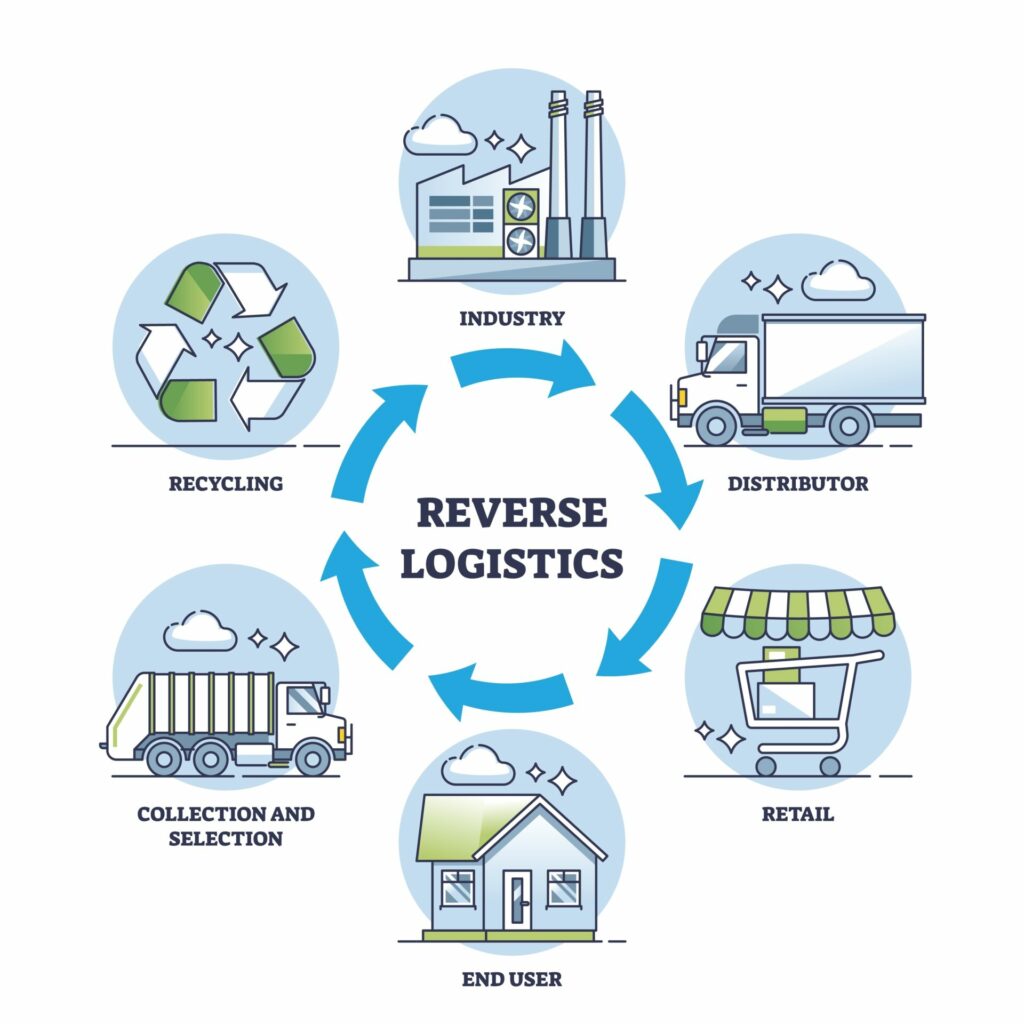Disney+, Hulu, Apple TV, Netflix, HBO… Feeling like subscription services have skyrocketed lately? You’re not wrong. (And those are just a few!)
Within the last decade, subscription business revenue has increased over 400%. (Yes, you read that right!)

Streaming services like Spotify, replenishment products like Dollar Shave Club, and online memberships like Peloton have quickly made their way into the average consumer’s household.
Why? The subscription business model is proven to drive customer engagement, retention, and revenue. For ecommerce brands, it’s a win-win.
Plus, with the right resources and proper planning, it’s not terribly difficult to implement as an online merchant.
What is a subscription model?
In the most simple sense, a is one that charges customers a recurring fee for a service or product.
Some of the most popular subscriptions are access subscriptions, which includes paying a set price for a membership with exclusive content. For example, Netflix charges $10 per month for access to a wide range of movies, television series, documentaries, and more within their library.
While Netflix is one of the most well-known platforms, subscriptions can be found in virtually any industry, with health, beauty, fitness, food, and apparel among the fastest-growing categories.
From curated dinner kits sent on a weekly basis to monthly supplements based upon a consumer health quiz – subscriptions are all about developing a personal relationship with a customer and streamlining the recurring purchasing process.
When your brand offers a subscription, your customers are presented with the opportunity to take their brand loyalty to the next level. In a subscription model you no longer have to rely on engaged customers who keep coming back to your brand. Instead, they’re reliable followers that provide your business with a recurring source of revenue.
What are the different types of subscriptions?
Access subscriptions offer exclusive access to content along with VIP perks. This model is similar to a loyalty program, and rewards customers who are in a certain tier of membership.
- Thrive Market curates healthy, organic food at cost-effective prices. It includes 4, 8, and 12 week shipment options.

Curation subscriptions offer highly personalized kits based on consumer preferences. Usually, they’ll look to surprise customers with new items to try in verticals such as beauty, apparel, and food.
- FabFitFun allows customers to choose some of the products in their curated box, and then adds in a few more as a surprise! Their boxes are based on seasons, and they are sent 4X per year.

Replenishment subscriptions offer regulated deliveries, and usually come with a discount as opposed to one-off purchases. Health and beauty companies have been known to provide these kinds of services as a way to help customers save money while building recurring revenue.
- Dollar Shave Club provides a custom grooming plan for men based on a short quiz. Customers get to choose their shipment frequency based on their specific shaving needs.

Why should ecommerce brands consider subscriptions?
With the rise of ecommerce, , and virtual reality, it’s clear that customers are looking for (and expecting) hassle-free, easy, and personal experiences.
This is where subscription models come into play!
In a few simple steps, your customers have the ability to set up a month or a year’s worth of product supplies without thinking twice about it. Once they’ve set their preferences, all they have to do is wait for their orders to arrive; it couldn’t be easier!
Consumers aren’t excited by subscriptions themselves, but rather the experience, convenience, and product discovery opportunities they bring. They’ll be more likely to engage with your brand and recommend it to others if they are getting exclusive content or personally curated products.
In addition to more positive, more engaging customer experiences, subscription business models lend a hand to the overall higher revenue, retention, and forecasts for the future.
Think about it – customers are more likely to stick around when they’re getting highly-personalized products sent their way. There’s an added emotional connection when they’ve taken the time to share their preferences, and an added delight upon reception.

Plus, in terms of revenue, subscription models are a reliable, recurring source of income which provides ecommerce brands with more stable business forecasts. The cost of acquiring new customers is 5-25% more expensive than retaining existing ones, which means having a successful subscription business can massively reduce your overall acquisition spend.
How to include subscription model into your strategy
1. Define your subscription model and audience.
Who is your ideal customer? What is your target niche?
Think about your customers and define what makes the most sense for them. If it’s curated products, develop segmentations and keep track of the data that will allow you to personalize your subscription offers.
If your product works well with a replenishment model, think about providing discounts for members who choose to start a subscription.
2. Prepare your inventory.
If you have your subscription strategy figured out, it’s imperative to ensure you have the products and inventory prepared, as well as a proper standard operating procedure (SOP) for kitting and packaging these products.
You may also want to look into branded packaging for an overall better unboxing experience.
3. Explore platforms that are subscription-ready.
It’s time to do your research on ecommerce platforms.
In order to implement a subscription business model, your platform will need the ability to create and manage subscriptions, automatically bill and collect recurring payments, and allow subscribers to manage their account.




